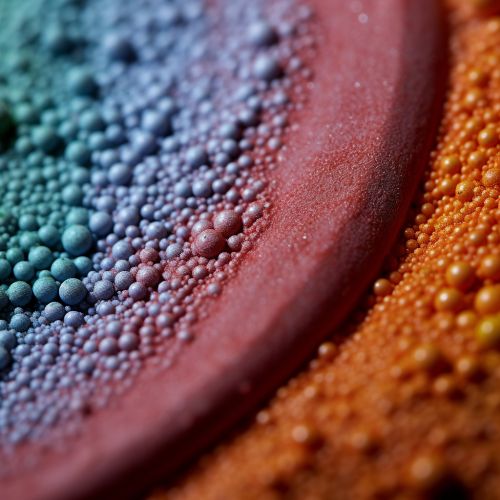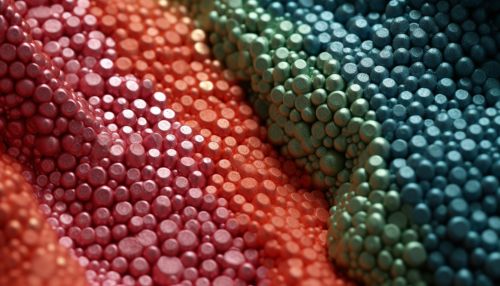Biopesticide
Introduction
Biopesticides are a type of pesticide derived from natural materials such as animals, plants, bacteria, and certain minerals. They are used in agriculture to control pests that damage crops. Biopesticides are considered an eco-friendly alternative to synthetic pesticides due to their biodegradability and lower toxicity.


Types of Biopesticides
There are three main types of biopesticides: microbial pesticides, plant-incorporated protectants (PIPs), and biochemical pesticides.
Microbial Pesticides
Microbial pesticides consist of microorganisms (bacteria, fungi, viruses, etc.) that control pests. These microorganisms produce toxins that are specific to the target pest, causing disease and eventually death.
Plant-Incorporated Protectants (PIPs)
PIPs are substances that plants produce from genetic material added to the plant. For example, scientists can take the gene for the Bt pesticidal protein, and introduce the gene into the plant's own genetic material. Then the plant manufactures the substance that destroys the pest.
Biochemical Pesticides
Biochemical pesticides are naturally occurring substances that control pests by non-toxic mechanisms. They include substances that interfere with mating, such as insect sex pheromones, as well as various scented plant extracts that attract insect pests to traps.
Benefits of Biopesticides
Biopesticides offer several advantages over synthetic chemical pesticides. They are less toxic to non-target organisms and the environment, they are biodegradable, and they are effective in very small quantities. Furthermore, pests are less likely to develop resistance to biopesticides than to synthetic pesticides.
Limitations of Biopesticides
Despite their benefits, biopesticides also have some limitations. They are often slower to act and may require more frequent application than synthetic pesticides. Additionally, they may be less effective in controlling large pest populations.
Regulation of Biopesticides
In many countries, biopesticides are regulated by governmental agencies to ensure their safety and effectiveness. In the United States, for example, the EPA is responsible for regulating the use of biopesticides.
Future of Biopesticides
With increasing concerns about the environmental and health impacts of synthetic pesticides, the use of biopesticides is expected to grow in the future. Advances in biotechnology and genetic engineering may also lead to the development of new and more effective biopesticides.
